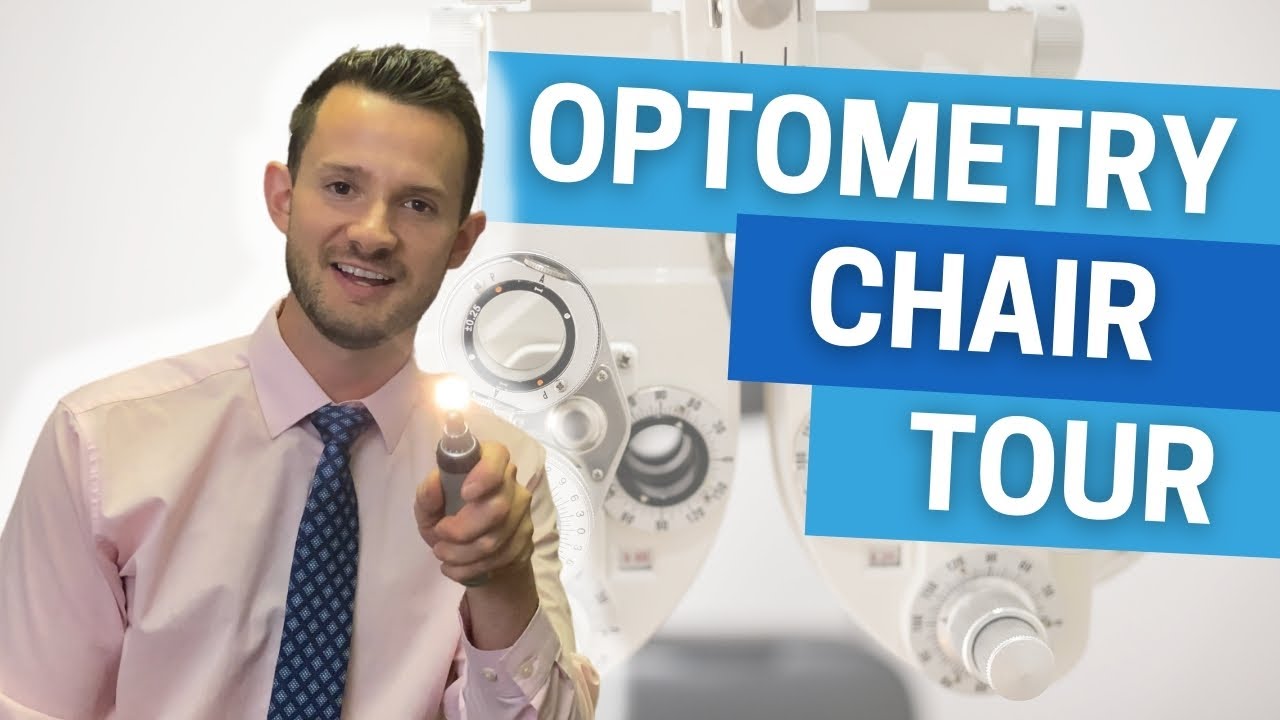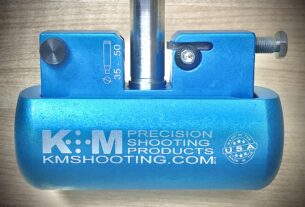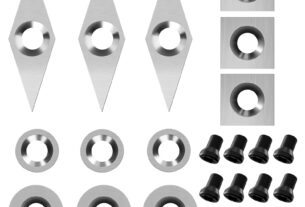As an optician, having the right tools is crucial to ensure the best possible care for your patients. With advancements in technology, there are now a plethora of optician tools available that can make your job easier, more efficient, and ultimately lead to better patient outcomes.
In this article, we will take a closer look at some of the essential optician tools that every eye care professional should have in their arsenal.
[h2]1. Lensometer[/h2]
A lensometer, also known as a lensmeter or focimeter, is an essential tool for any optician. It is used to measure the prescription of eyeglasses and contact lenses accurately. The device works by measuring the power of the lens and checking for any astigmatism or prism present.
The measurement process involves placing the lens in question on the lensometer’s stage and aligning it with the crosshairs. The device then measures the distance between the light reflexes created by the lens and calculates its power.
[h2]2. Pupilometer[/h2]
A pupilometer is another critical tool that helps determine pupillary distance (PD). PD is essential when fitting eyeglasses because lenses must be positioned correctly in front of each eye.
A pupilometer works by shining a beam of light into each eye and measuring the distance between pupils accurately. This ensures that glasses are custom-fit to each patient’s unique facial features, leading to improved comfort and vision correction.
[h2]3. Retinoscope[/h2]
A retinoscope is a handheld instrument that allows opticians to assess visual acuity and detect refractive errors such as nearsightedness, farsightedness, and astigmatism.
The retinoscope uses a beam of light to analyze how light reflects off the retina. This allows opticians to determine if corrective lenses are necessary and what prescription strength is required.
[h2]4. Ophthalmoscope[/h2]
An ophthalmoscope is a diagnostic tool that allows optometrists to examine the interior structure of the eye, including the retina and optic nerve.
The device uses a light source and magnifying lenses to provide a clear view of the eye’s internal structures. This enables opticians to detect any abnormalities or issues that may require further treatment.
[h2]5. Tonometer[/h2]
A tonometer is an instrument used to measure intraocular pressure (IOP), which is a critical aspect of diagnosing and treating glaucoma.
The device works by gently touching the cornea with a small probe to measure its resistance. High IOP can indicate increased risk for glaucoma, so regular tonometry testing is crucial for early detection and treatment.
[h2]6. Optical Coherence Tomography (OCT)[/h2]
Optical Coherence Tomography (OCT) is a non-invasive imaging technology that allows for detailed cross-sectional images of the eye’s interior structures.
OCT scans can detect various conditions such as macular degeneration, diabetic retinopathy, and glaucoma. The technology also enables opticians to monitor these conditions’ progress over time, allowing for more effective treatment plans.
[h2]7. Autorefractor[/h2]
An autorefractor is an automated tool used to measure refractive errors accurately. The device works by shining a light into the eye and measuring how it reflects back.
This process provides an accurate measurement of refractive error without requiring subjective input from patients. It makes it easier for opticians to determine prescription requirements quickly and efficiently.
[h2]8. Lens Edger[/h2]
A lens edger is a machine used to shape lenses accurately according to their prescribed specifications. This ensures that each patient receives precisely what they need, resulting in better vision correction.
The lens edger works by grinding the edges of lenses to the desired shape and size. It can also add bevels, grooves, and other features required for specific frames.
[h2]Conclusion[/h2]
In conclusion, having the right optician tools is vital to ensure the best possible care for your patients. From measuring prescriptions to detecting abnormalities and shaping lenses accurately, these tools are essential for providing optimal eye care services.
By utilizing these optician tools, you can improve your efficiency, accuracy, and ultimately provide better patient outcomes. So invest in quality optician tools today and elevate your eye care practice to new heights!
Reference
1. https://en.wikipedia.org/wiki/Optical_instrument
2. https://www.aao.org/eye-health/tips-prevention/top-10-tools-eye-doctor




